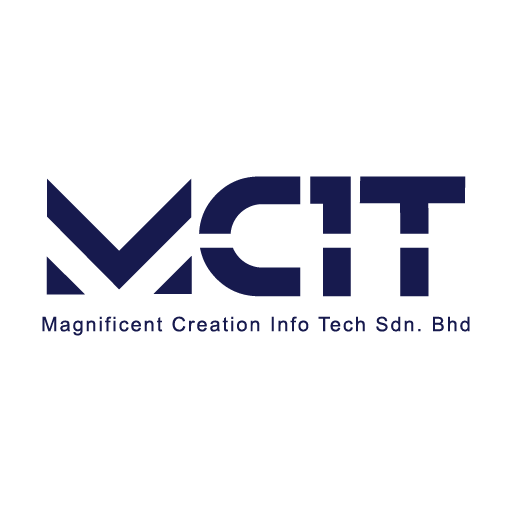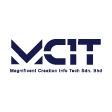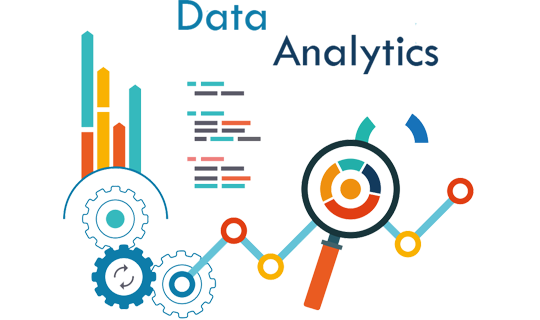In today’s digital-first world, cybersecurity is paramount for businesses of all sizes. Protecting digital assets against increasing cyber threats is not just about technology; it’s about creating a culture of security. This article delves into key cybersecurity practices that can fortify your company’s defenses.
Advanced Threat Detection and Response
Implementing sophisticated threat detection systems helps identify potential security breaches before they cause harm. Coupled with an effective response plan, businesses can minimize the impact of any security incident.
- Real-Time Monitoring: Continuous monitoring of network and system activities to detect unusual patterns or potential threats.
- Incident Response Plans: Having a clear, actionable strategy in place for responding to security incidents to reduce downtime and mitigate damage.
Employee Training and Awareness
Human error remains a significant vulnerability in cybersecurity. Regular training sessions can equip employees with the knowledge to recognize and avoid common cyber threats, such as phishing attacks and malware.
- Phishing Simulation Tests: Conducting regular tests can help employees identify phishing attempts, reducing the risk of data breaches.
- Security Best Practices: Educating staff on secure password policies, the importance of regular software updates, and safe internet habits.
Secure Access Management
Controlling who has access to what information is crucial. Implementing strong password policies, multi-factor authentication, and role-based access controls can significantly enhance your security posture.
- Multi-Factor Authentication (MFA): Adds an extra layer of security, ensuring that only authorized users can access sensitive information.
- Role-Based Access Control (RBAC): Limits system access to authorized users based on their roles within the organization, minimizing the risk of internal threats.
Regular Software Updates and Patch Management
Keeping software and systems up to date is essential to protect against known vulnerabilities. Automating updates can help ensure that systems are always protected against the latest threats.
- Automated Patch Management: Tools that automate the patching process can help keep systems up to date without manual intervention, closing potential security gaps.
- Vulnerability Scanning: Regular scans can identify and mitigate vulnerabilities before they are exploited by attackers.
Data Encryption and Backup
Encrypting sensitive data and maintaining regular backups are fundamental practices. Encryption makes data less accessible to unauthorized users, while backups ensure data recovery in the event of a cyberattack.
- End-to-End Encryption: Protects data in transit and at rest, ensuring that sensitive information is unreadable to unauthorized individuals.
- Regular Data Backups: Maintaining frequent backups of critical data can prevent significant loss in the event of data corruption or loss.
Conclusion
Cybersecurity is a critical concern that requires continuous attention and adaptation. By implementing these essential practices, businesses can significantly reduce their vulnerability to cyber threats, ensuring the safety of their digital assets and the trust of their customers. Creating a culture of security within your organization is not just a defensive measure—it’s a strategic advantage in today’s digital age.



